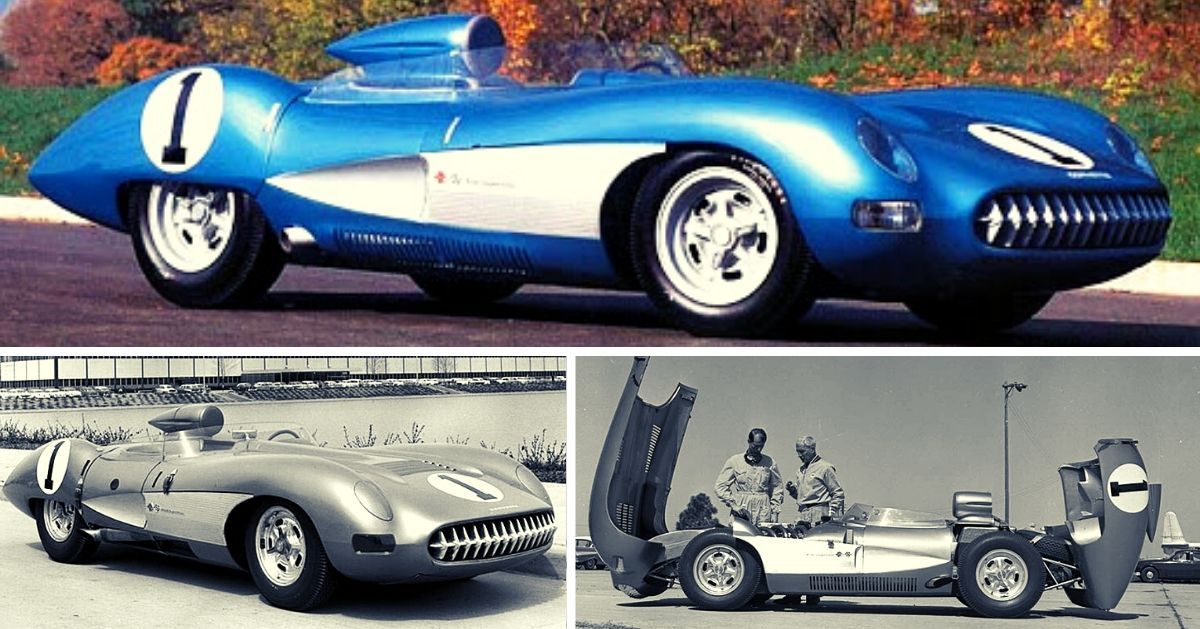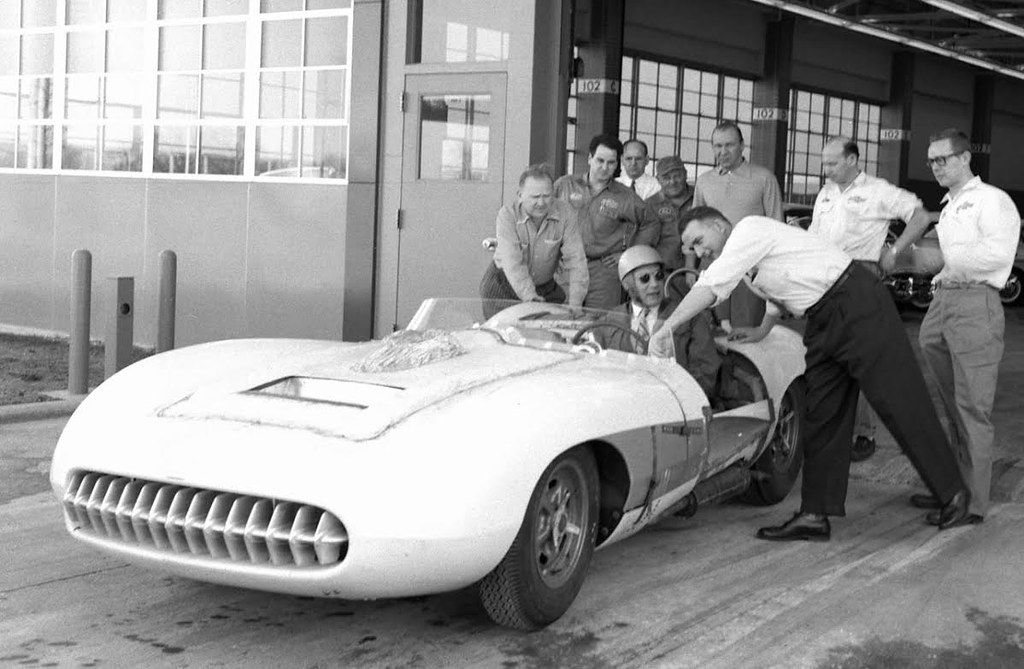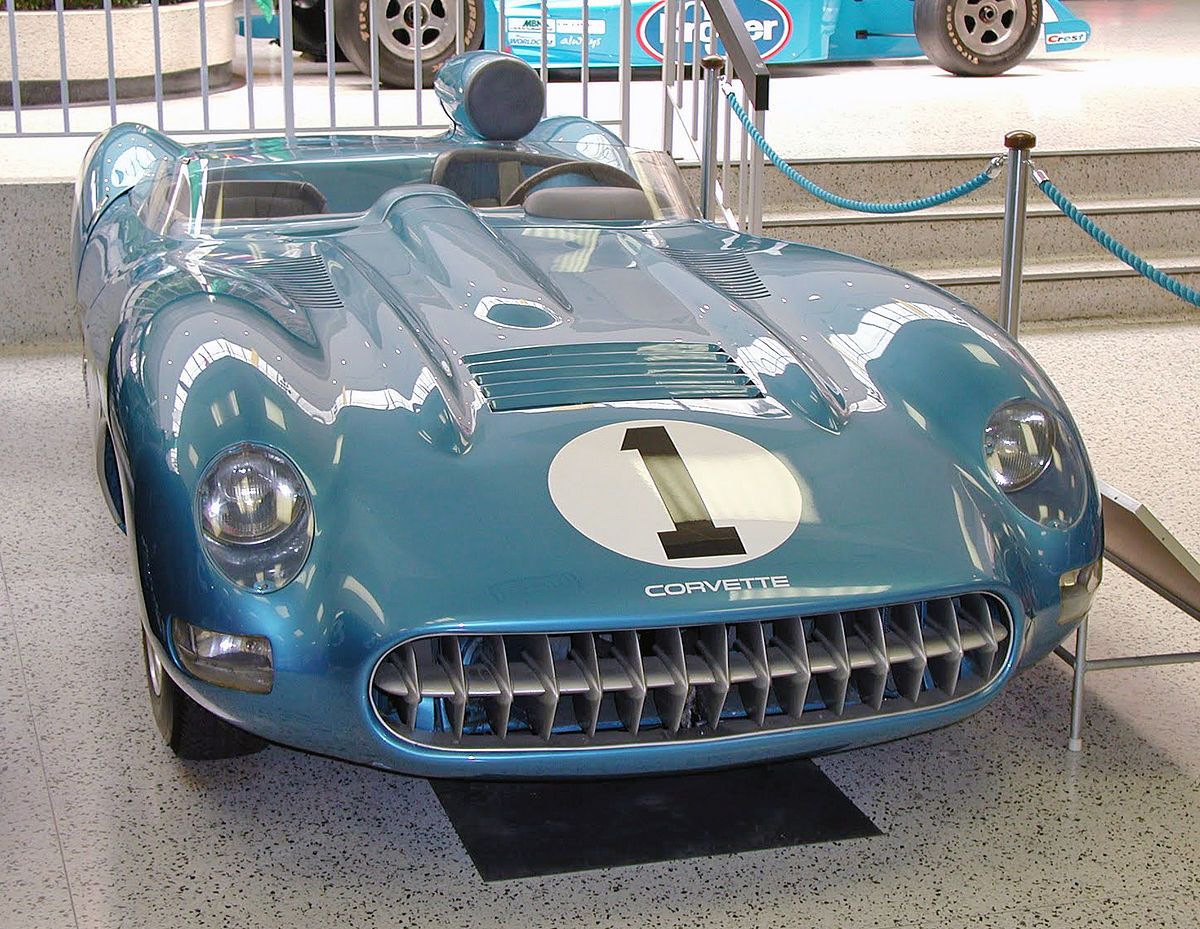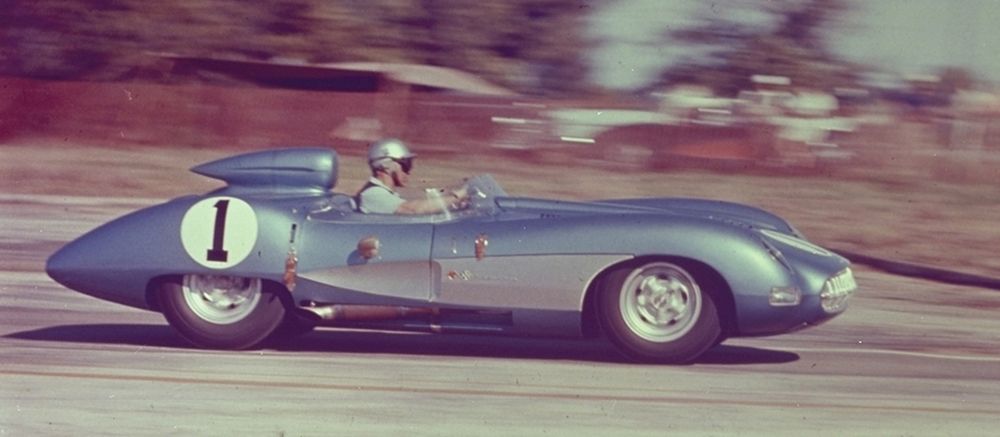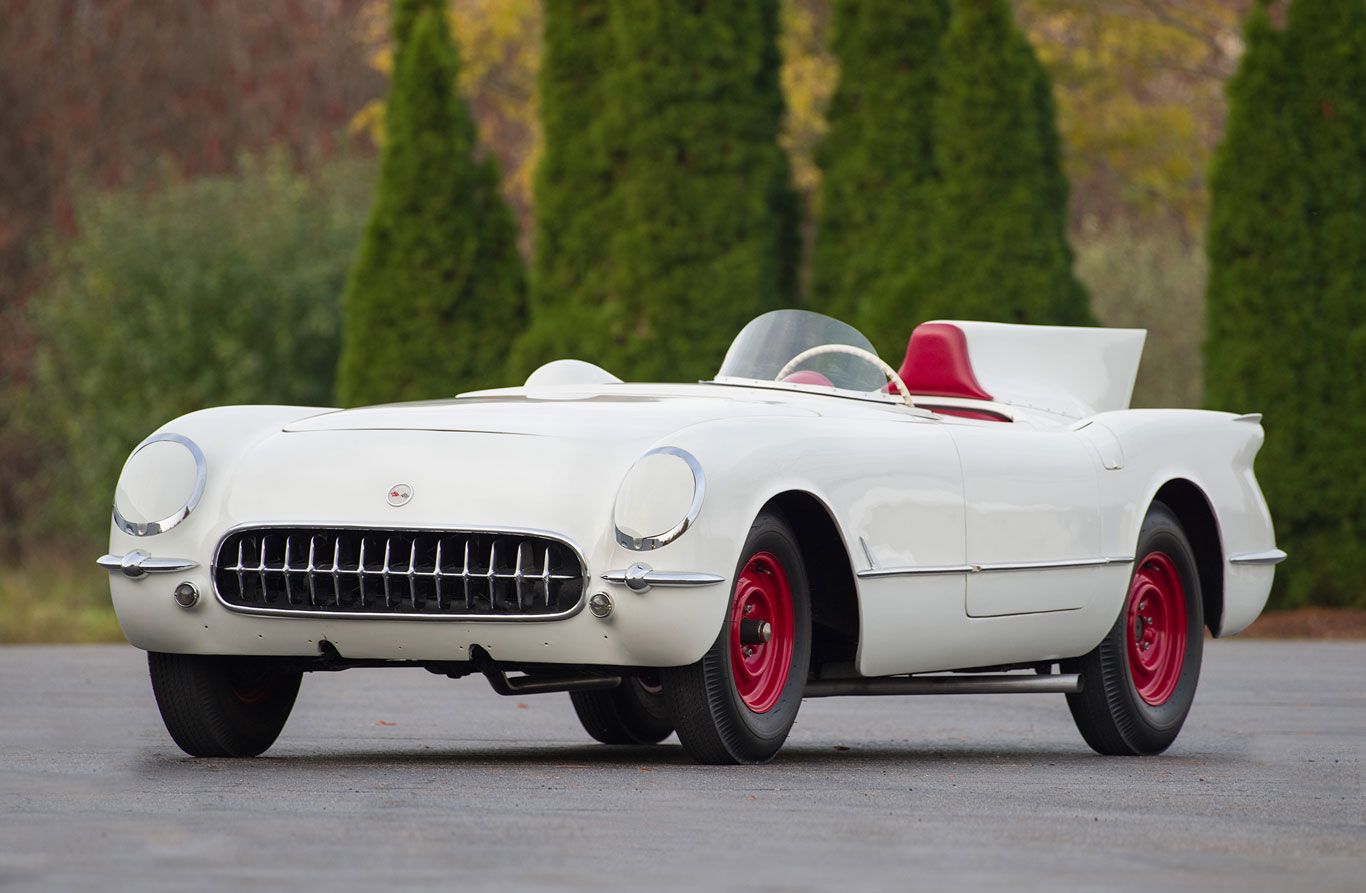The Chevrolet Corvette SS is a sports racing car that was built by Chevrolet in 1957. This car was only raced once, at the 12 Hours of Sebring, an annual motorsport endurance race for sports cars at the Sebring International Raceway in Sebring, Florida. It also was supposed to help the drivers in the 24 Hours of Les Mans - a race that Corvette still races in today.
By the mid-1950s, the GM engineer was convinced that the publicity from Corvette racing wins would increase the sales of the car. The GM engineer, Duntov, took a team of three Corvettes to Daytona Speedweeks in 1956. After this, some of the Corvettes were re-designed in order to create a Corvette SS, the first to wear the “SS” badge.
There is no doubt that the Corvette mule has positively influenced the racing world, just see how the 1,000 horsepower Corvette can run a drag in under 10 seconds.
Let’s see how the mule came to be and the true story behind the Corvette SS Mule…
History of the Mule
At the end of 1956, there was approval given to get two cars ready to race at Sebring - in just 6 months time. The goal was to race the car at the 24 Hours of Le Mans race, the world’s oldest active sports car endurance race. The GM designer, Clare MacKichan, was in charge of the bodywork.
The development of the car’s chassis, running gear, and drivetrain took place in Duntov’s shop at GM. In addition, a Mercedes-Benz 300 SL was retrieved and had the body removed. The chassis was cut and modified to be able to fit a new V8 drivetrain. The first chassis was used to create the infamous mule.
The Corvette SS was Chevrolet’s first creation that was meant to be solely a race car. It was the next car after the 3 “SR” cars that raced in 1956 at Sebring. Two cars were completed - the development car, or mule, and the “real” Corvette SS. the differences between the two was that the full-spec car had a magnesium body, while the mule had a fiberglass body.
Drivers of The SS Mule
Duntov originally signed Juan Manuel Fangio and Carroll Shelby to drive the full-spec car at Sebring in 1957. Juan was an Argentine racing car driver who was prolific during the first decade of Formula One Racing. Carroll was an American designer and racing driver. However, both drivers asked to be released.
Since they both terminated their contracts, Fitch and Piero Taruffi were substituted on very short notice. In training, they drove the mule instead of the real car, so as not to harm the full-spec version. While training, Fitch, and Taruffi both managed to turn in a time of around 3:35, while Fangio's previous time was 3:27.
Revelations During Training
In the late stages of training, he found that the fiberglass body of the mule insulated him from the heat from the engine, while the magnesium body of the real car didn’t provide the same heat protection. This allowed the heat to travel into the interior of the racing car. He also found problems with the brakes on the full-spec car.
Since he found some issues during his training program, some parts from the mule were actually switched over to the full-spec car. All “sorted” parts were transferred from the mule to the second chassis to get it ready to race.
Mule Performance
Although the mule only lasted 23 laps due to breaking down over bad brakes and terminal rear end problems, it dominated during the short time period and recorded a top speed of 183 miles per hour.
After the retirement of the car, Bill Mitchell bought the Corvette SS mule from GM - for just one dollar. Talk about a bargain. The car was re-skinned, and the overall styling was impressive to all viewers. He renamed the car the “StingRay,” and it became a prototype for cars in the future.
Impact of the Corvette SS Mule
Although this car was only raced during Sebring in 1957, this mule was impressive enough to churn out a lap in the fastest time these race car drivers had previously. Despite GM being very enthusiastic, this Corvette was scrapped just a few months later due to wear-and-tear.
The American auto-making community came together to ban the manufacture of factory-produced racecars. Even though the ban was in place, GM continued to produce Corvettes as sportscars for people who wanted to combine the everyday car with the performance of a race car. Even today, Corvette is renowned for producing some of the highest-performance cars all over the world - due to the sacrifice of the mule.

